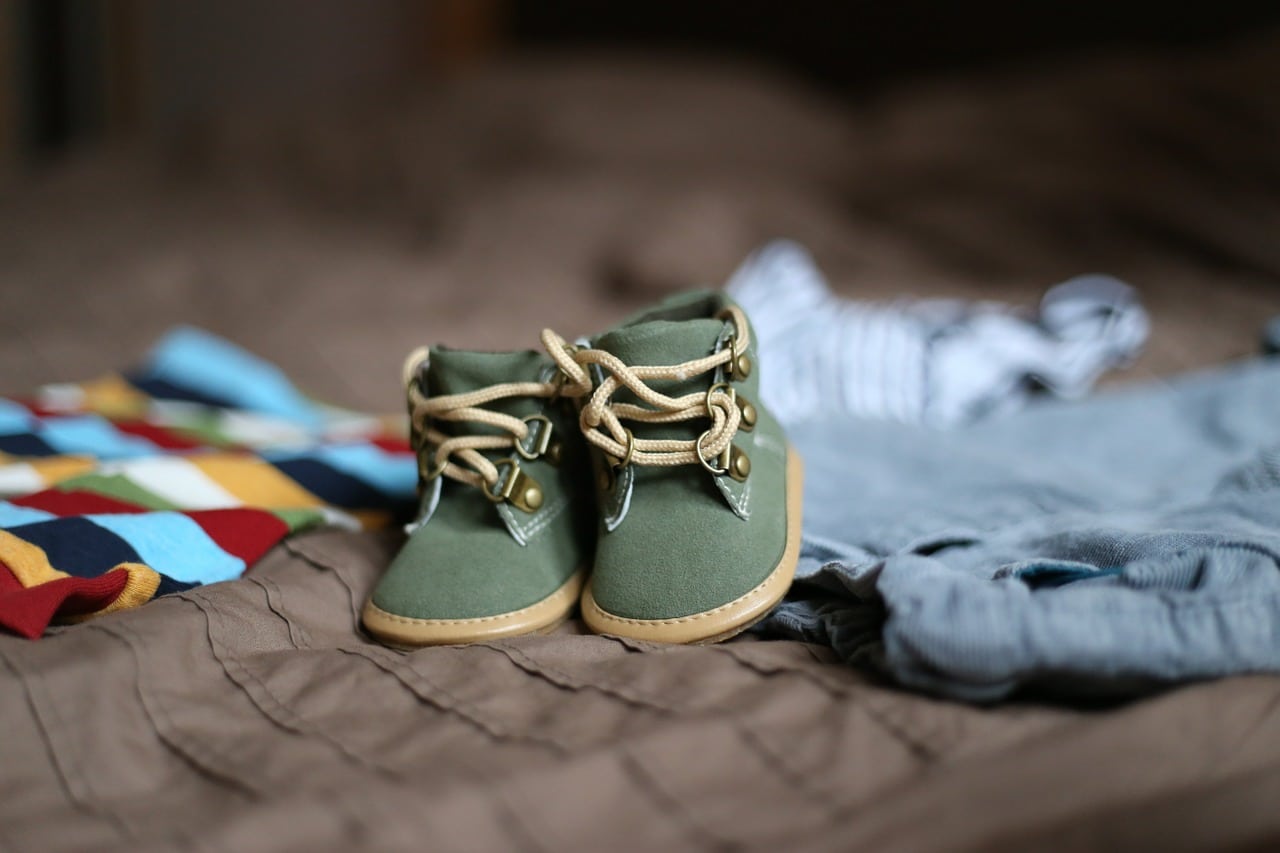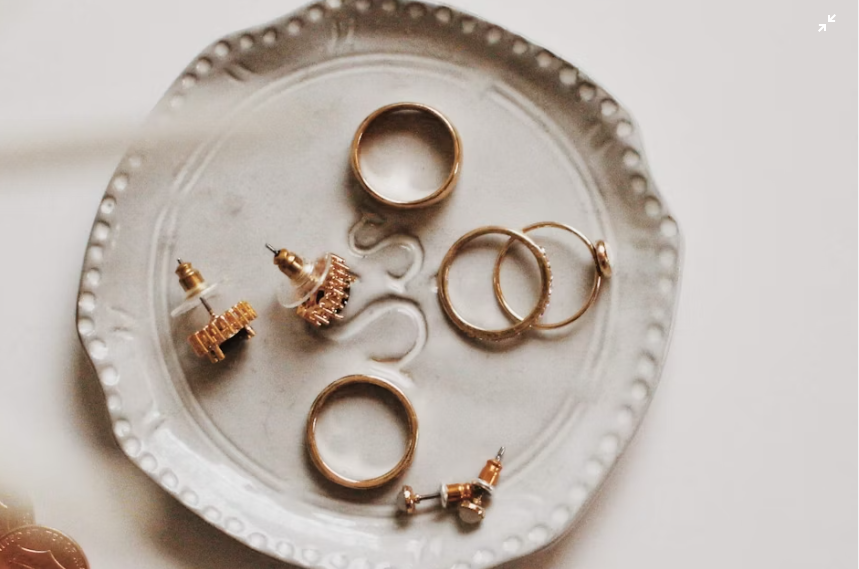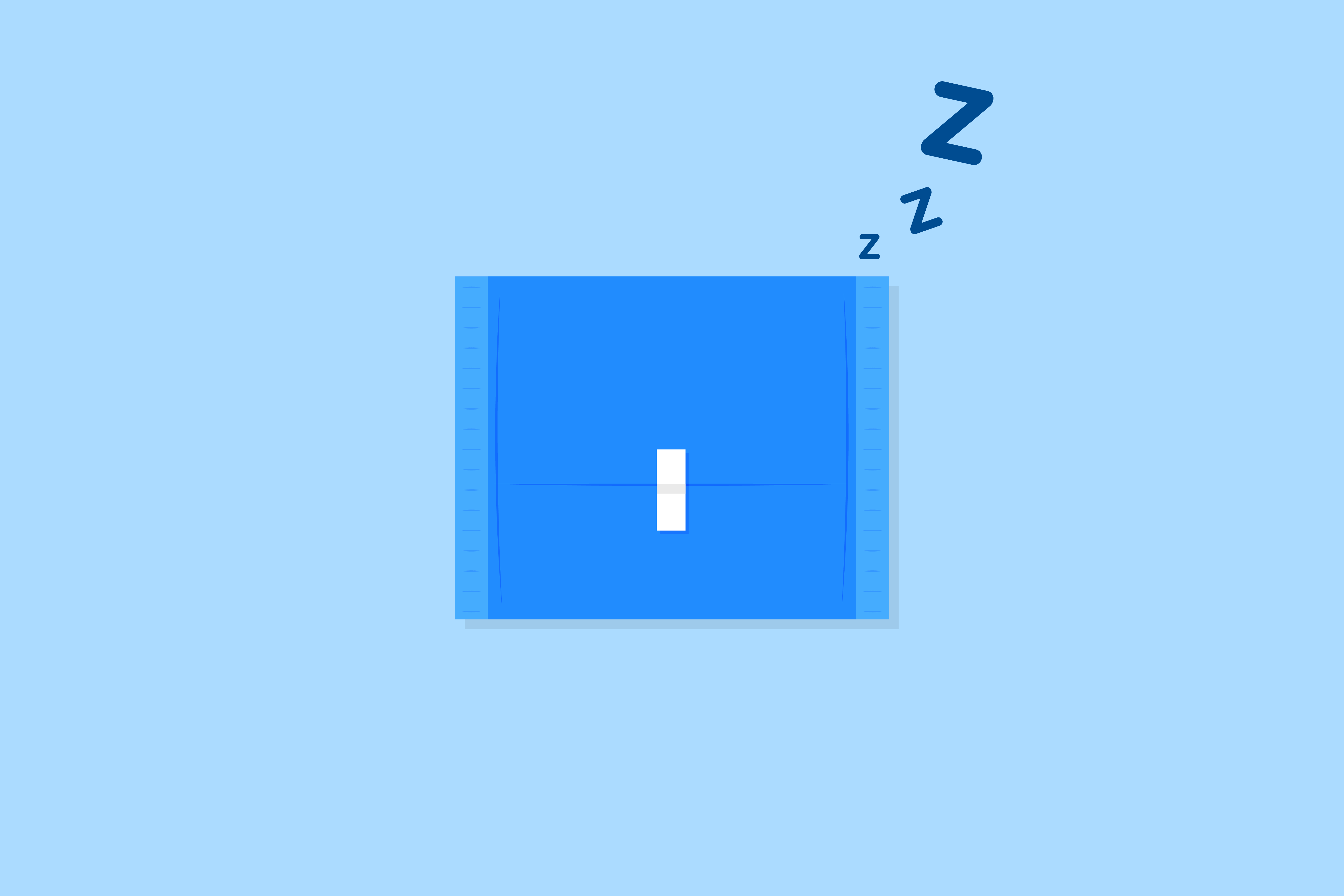Key Takeaways
- Safety of Overnight Use: Menstrual cups are safe for overnight wear, offering comfort and convenience. Unlike tampons, they don’t pose the risk of toxic shock syndrome and provide extended protection due to their higher capacity.
- Comfort and Environmentally Friendly: Menstrual cups are comfortable to wear overnight, made of flexible materials that adjust to your body’s shape. Additionally, they reduce waste compared to disposable products, making them an eco-friendly choice.
- Tips for Comfortable Sleep: Proper insertion is crucial for a comfortable night’s sleep with a menstrual cup. Choose breathable bedding, consider using backup protection for heavy flows, and relax knowing that as long as the cup is inserted correctly, leaks are unlikely.
Have you ever wondered if it is safe to sleep with a menstrual cup? Many women are now turning to these innovative products as an alternative to traditional menstrual products like tampons or pads.
But can you trust a menstrual cup to absorb your menstrual flow overnight? Let’s explore the convenience and comfort of using menstrual cups for overnight wear and debunk any common beliefs surrounding this topic.
How Menstrual Cups Can Be Worn Overnight
When it comes to using menstrual cups, Verified Source National Library of Medicine (NIH) World’s largest medical library, making biomedical data and information more accessible. View source the convenience extends beyond daytime hours. Many individuals wonder if it is safe to sleep with a menstrual cup, and the answer is yes!
A large review study Verified Source National Library of Medicine (NIH) World’s largest medical library, making biomedical data and information more accessible. View source indicated that there was “no increased infection risk (reproductive tract or systemic infection) associated with use of a menstrual cup among European,54, 55 North American, and African women and girls.
In this section, we will explore how menstrual cups can be worn overnight without any issues and maintain menstrual health. Verified Source Centers for Disease Control and Prevention (CDC) The United States’ health protection agency that defends against dangers to health and safety. View source
Proper insertion techniques are key to ensuring a comfortable and secure fit throughout the night. When inserted correctly, the cup sits within the vaginal canal, collecting menstrual fluid directly from the source.
Unlike traditional tampons, which can cause dryness and discomfort, menstrual cups are made of flexible materials that adjust to your body’s shape, providing a more comfortable experience.
“ Comfort in sleep Verified Source National Library of Medicine (NIH) World’s largest medical library, making biomedical data and information more accessible. View source is of utmost importance,” says Dr. Dian Ginsberg. “Healthy sleep requires a calm bedroom atmosphere, the perfect mattress, adequate duration, appropriate timing, regularity and good quality.”
One common concern when it comes to using menstrual cups overnight is the risk of toxic shock syndrome Verified Source National Library of Medicine (NIH) World’s largest medical library, making biomedical data and information more accessible. View source (TSS).
However, it’s important to know that TSS is extremely rare and mainly associated with tampon use. This is why you do not want to sleep with a tampon for more than eight hours.
“Menstrual cups do not pose the same risk “profile” because they do not create vaginal wall dryness and ulcerations for bacteria to enter the blood stream,” says Dr. Ginsberg.
Aside from the safety aspect, there are several benefits to using menstrual cups for overnight wear. Unlike pads or tampons, which can leak if not changed frequently, menstrual cups have a higher capacity, offering extended protection throughout the night.
To compare, an average regular-sized tampon can hold around 5 ml of menstrual flow whereas the menstrual cup can hold from 20 to 32ml. This means less worry about leakage and fewer disruptions to your sleep allowing full deep and REM cycles through the night
Furthermore, using a menstrual cup overnight reduces the amount of waste generated compared to disposable menstrual products. This makes it an eco-friendly choice, as cups can be reused for years with proper care and cleaning.
Tips for Sleeping Comfortably with a Menstrual Cup
When it comes to sleeping comfortably with a menstrual cup, there are a few key tips to keep in mind. Choose a mattress and bedding materials that are comfortable and breathable. They can help control your body temperature and decrease discomfort. It is very important to use a high-quality menstrual cup made of medical-grade silicone. This ensures both your comfort and safety while you sleep.
Proper insertion is essential for a comfortable night’s sleep. Take your time to find the angle and position that works best for your body. Remember that the cup should sit comfortably against your vaginal walls, securing it gently in place with lubrication if needed.
If you have a heavy flow or are experiencing an extended period, consider using overnight pads in addition to your menstrual cup. This can provide added protection against leaks during heavy periods Verified Source National Library of Medicine (NIH) World’s largest medical library, making biomedical data and information more accessible. View source and give you peace of mind while you sleep.
One common concern when it comes to sleeping with a menstrual cup is the risk of it shifting or leaking while you toss and turn. To minimize this risk, make sure the cup is inserted properly.
Check your cervix position every time you insert it and make sure the cup is low in the vagina and not right on the cervix. This will leave more room in the cup for blood and decrease the chance of an uncomfortable overflow in the middle of the night.
However, for maximum protection and to save yourself from later cleaning a mattress, we strongly recommend using a mattress protector. And should leakage occur, we have a couple of guides to help you clean up menstrual fluid:
Keep in mind that your vagina is a muscular tube, and it is normal for some movement to occur while you sleep. As long as your cup is inserted correctly, it should stay securely in place, even if you change positions throughout the night.
It’s important to note that sleeping with a menstrual cup does not increase the risk of any health issues. As long as you follow proper hygiene practices and attend to the cup regularly, there is no need to worry.
In fact a large study Verified Source National Library of Medicine (NIH) World’s largest medical library, making biomedical data and information more accessible. View source found 64% of women when asked: What activities you find to do comfortably while using cup which you were hesitant to do while using regular sanitary napkin? They answered: Sleeping comfortably at night!
FAQs
Why does my menstrual cup leak while I sleep?
Menstrual cup leakage during sleep can occur due to various reasons, including improper insertion, incorrect size, or insufficient suction. Additionally, menstrual flow might increase during the night, leading to overflow.
To prevent leaks, ensure proper insertion covering the cervix, creating a seal with the vaginal walls and also consider emptying your cup of menstrual fluid before bed. Use backup protection like a panty liner or period underwear if needed.
When should you not use a menstrual cup overnight?
It’s important not to use a menstrual cup if you have a vaginal infection, such as a yeast infection or bacterial vaginosis, as it may exacerbate the condition or introduce bacteria into the cup. Use overnight pads or period underwear instead, as they allow for better airflow and can help prevent further irritation or discomfort.
Furthermore, individuals who have difficulty inserting or removing the cup comfortably may want to avoid using it until they feel more confident or seek guidance from a healthcare professional.
What if I forgot to remove my menstrual cup in the morning?
If you forgot to remove your menstrual cup in the morning, don’t panic. Remember it is any issues with skin breaks from dryness with the vaginal walls that allow bacteria to be introduced into the bloodstream.
As soon as you remember you need to empty your cup, simply relax your pelvic muscles and gently bear down to help ease the cup out. Take your time and avoid rushing to prevent discomfort or potential spillage. If you’re unable to remove it, seek assistance from a healthcare provider for safe removal.
Are there any side effects of a menstrual cup?
While menstrual cups are generally safe and well-tolerated by most users, some individuals may experience side effects such as vaginal irritation, allergic reactions to the materials, or discomfort during insertion or removal.
It’s essential to ensure proper hygiene and follow the manufacturer’s instructions for use to minimize the risk of complications. Consult with your doctor about whether a menstrual cup is right for you.
How do you sterilize a menstrual cup?
To sterilize a menstrual cup, first, wash it with mild soap and water. Then, you can boil the cup in a pot of water for 5-10 minutes or use a specialized menstrual cup sterilizer. Avoid using harsh chemicals or abrasive cleaners, as they can damage the cup or cause irritation.
After it’s been soaked in boiling water, be sure to let the cup air dry completely before storing it in a clean, breathable container until your next use.
Conclusion
Using a menstrual cup for overnight sleep is a safe and convenient option for the average person. By following proper insertion techniques and using cups made of flexible materials such as medical-grade silicone, you can prevent leaks and enjoy a leak-free night’s sleep.
We always recommend consulting with your healthcare provider to ensure that you are using the cup correctly and to address any concerns or discomfort you may have.
By choosing a quality menstrual cup and wearing it in a comfortable position inside your vagina, you can sleep soundly knowing that you are protected throughout the night. Unlike tampons, there is no risk of the cup getting lost inside your body.
With a leak-free cup, you won’t have to worry about staining your sheets or clothing, allowing you to have a peaceful and uninterrupted night of sleep. Sleep well and wake up feeling refreshed, even during your period.
About the author
Mitchell Tollsen is a graduate student and a freelance writer who’s contributed to the Early Bird blog for three years. Mitchell’s always been fascinated by the science of sleep and the restorative processes our bodies undergo when at rest. The self-titled “Sleep Expert” is always looking for ways to improve his shut-eye, and throughout the years has implemented numerous lifestyle changes and tried dozens of sleep-promoting gadgets to determine the best ways to truly get better rest.
View all posts





